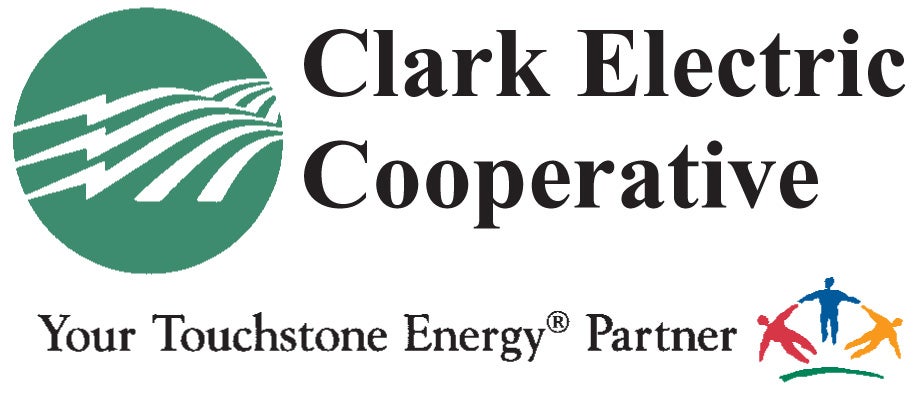Outage Restoral
How Clark Electric Gets the Lights Back On
Anytime your lights go out, it is the job of your electric utility to restore service as quickly as possible. When severe storms knock out power over a large area, line workers must decide where to go first in order to restore service to the greatest number of customers in the shortest amount of time. Of course, safety is always a top priority and dangerous problems must be attended to as soon as possible. Outage periods are busy times at an electric utility. Here's a general description of how Clark Electric Cooperative responds to outages in order to get your lights back on.
Transmission Lines
The backbone of the electrical distribution grid. They transport electricity over long distances from the generating plants to distribution substations. Transmission lines are built to last and they can withstand quite a bit of severe weather. Tens of thousands of people could be served by one high voltage transmission line, so if there is damage here it gets attention first. Dairyland Power Cooperative owns the transmission lines that serve our substations. We work very closely with them when a transmission line is out.
Distribution Substations
The lines carry electricity away from the substation into the countryside. These lines can be underground or overhead construction and, close to the substation, they are usually a three phase design where each line carries 7,200 volts. Down the line, single phase lines extend the line circuits even farther away from the substation. These are the two wire, 7,200 volt lines that you commonly see along roadways. When power is restored at this stage, all consumers served by this supply line could see their lights come on, as long as there is no problem farther down the line.
Main Distribution Lines
The lines carry electricity away from the substation into the countryside. These lines can be underground or overhead construction and, close to the substation, they are usually a three phase design where each line carries 7,200 volts. Down the line, single phase lines extend the line circuits even farther away from the substation. These are the two wire, 7,200 volt lines that you commonly see along roadways. When power is restored at this stage, all consumers served by this supply line could see their lights come on, as long as there is no problem farther down the line.
Tap Lines
Electric feeder lines with limited capacity that generally run from a distribution line and serve small numbers of consumers, or an individual consumer. They can be either overhead or underground construction and they carry the electricity to transformers outside houses or other buildings. Unfortunately, during major storms tap lines receive the lowest priority because they affect the least number of customers. Line crews must sometimes leave an area with a tap line still out of service in order to work on another main distribution line outage. They will return later to clear storm damage and restore power to the few remaining customers.
Clark Electric has special concerns that it must also provide for. These include our identified critical accounts (medical, etc.) and accident response. Responding to an accident that involves our electric lines always supersedes service restoration. Sometimes, damage will occur on the service line between your house and the transformer. This can explain why you have no power when your neighbor does. Clark Electric needs to know you have an outage here, so a service crew can make repairs. Keep in mind, however, that the co op's responsibility ends at the meter. Damage to service installations beyond the meter cannot be fixed by the co op. This is work for a qualified electrician.
As you can see, restoring power after a major outage is a big job that involves much more than simply throwing a switch or removing a tree branch from a line. Beyond these simple descriptions are hundreds of fuses, circuit breakers and other line devices which confine outages to specific areas and limit the number of customers affected by a power outage. Downed trees and tree branches are a major cause of outages and that's why Clark Electric Cooperative is involved in an ongoing right of way maintenance program.
